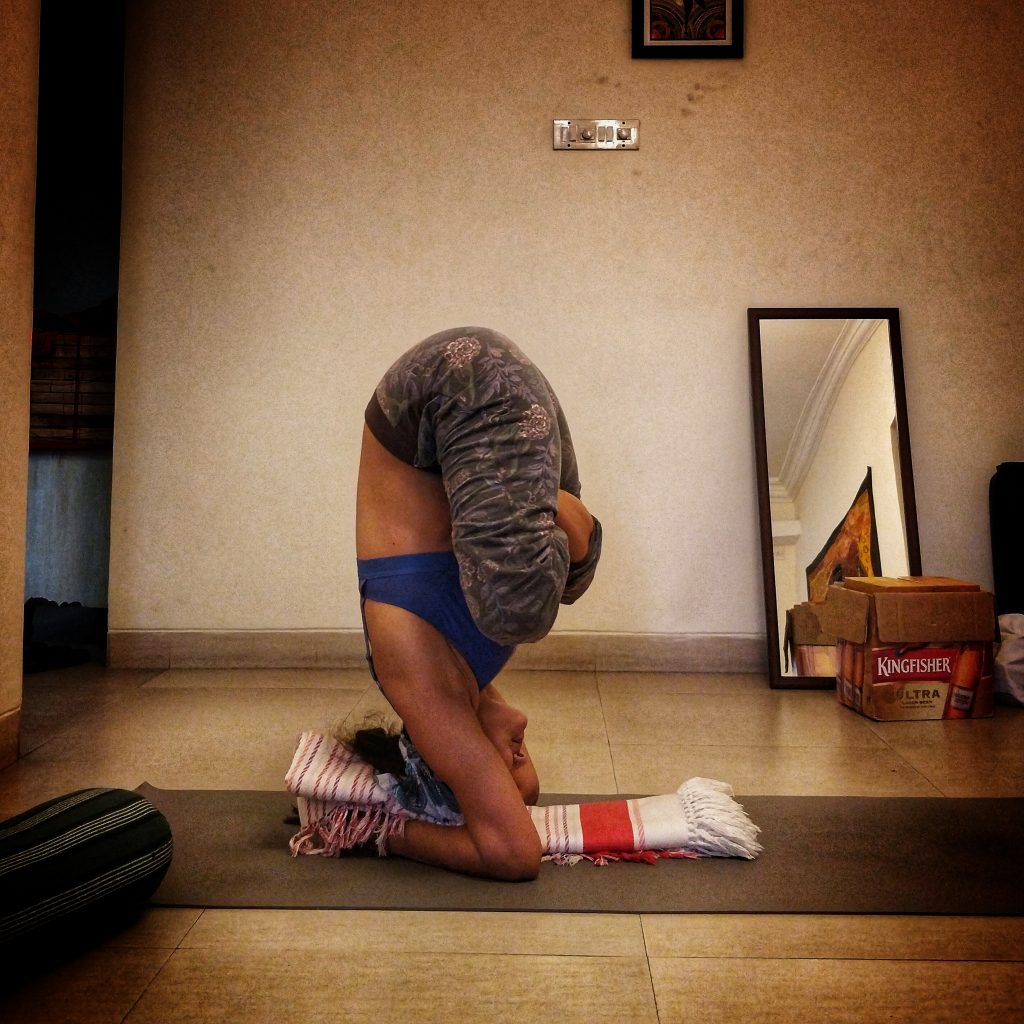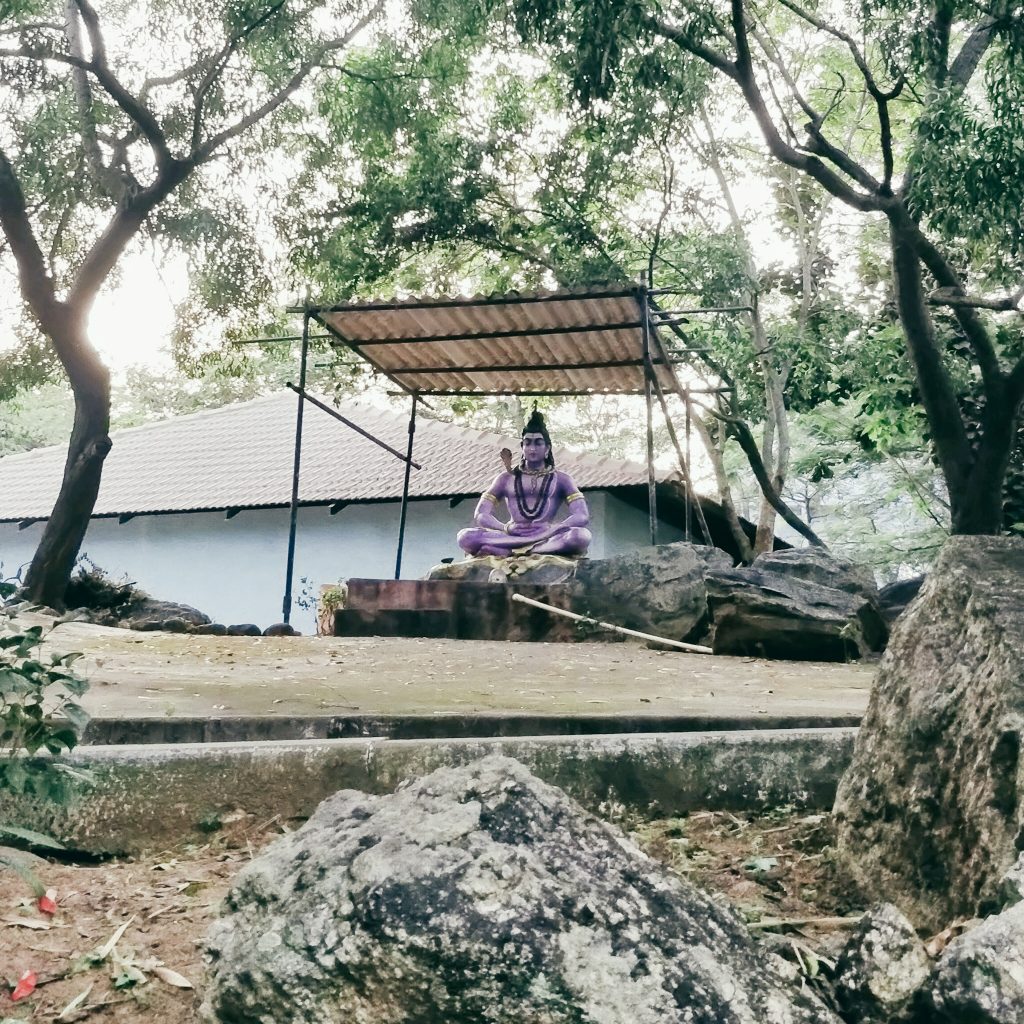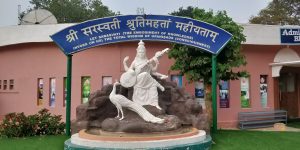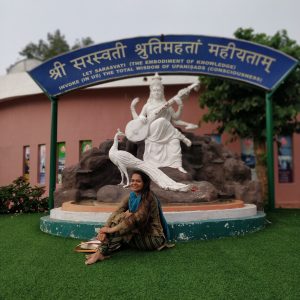Pranayama is the fourth limb of the Ashtanga system of yoga. The other limbs are (in sequence):
1. Yama
2. Niyama
3. Asana
4. Pranayama
5. Pratyahara
6. Dhyana
7. Dharana
8. Samadhi
Most scholars believe that this is a sequence and practitioners have to gain a certain level of mastery in one to go to the next one. Which is why in many schools of yoga, pranayama is only taught after many years of intense asana practice. For instance, beginners in of Iyengar yoga don’t practice pranayama. In 2017 I experienced a pranayama class at RIMYI and wrote about it here.
However, some schools of yoga believe that these are limbs and not steps. They believe that it is therefore possible to practice several of the limbs at the same time. At SVYASA pranayama is taught to all patients, regardless of fitness levels and health conditions. Also, some pranayama is included in the asana classes and trataka (candlelight gazing) medition sessions.
I’ve been attending pranayama class every day here and although I don’t practice pranayama in my personal practice (yet), those readers who are interested are welcome to follow the below sequence. This sequence has been designed by SVYASA after extensive research.
Opening Prayer
1. Kapalabhati
20 strokes
40 strokes
Mudra: chin mudra
Relax in the Shitali dandasana.
2. Sectional breathing
Abdominal breathing 5x
Mudra: chin mudra
Thoracic breathing 5x
Mudra: chinmaya mudra
Clavicle breathing 5x
Mudra: adi mudra
Yogic breathing 5x
Mudra: brahma mudra
Relax in the Shitali dandasana.
3. Nadi Shuddi aka anulom-vilom pranayama 10x
Mudra: chin mudra with the left hand, nasika mudra with the right hand
Relax in the Shitali dandasana.
4. Brahmari pranayama using the N-kara
Mudra: chin mudra or shanmukhi mudra
Cooling pranayama practices
5. Shitali pranayama
Mudra: chin mudra
6. Sitkari pranayama
Mudra: chin mudra
7. Sadanta pranayama
Mudra: chin mudra
8. Nada anusadana
A-kara 3x
U-kara 3x
M-kara 3x
Closing prayer.

I’m missing practicing in my own space. This is from a practice session a few weeks ago. Although I’ve learned a lot here, I’m itching to head back home and resume asana practice.



